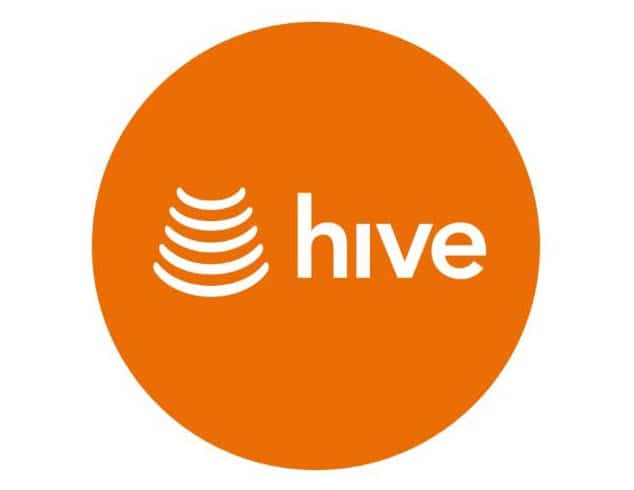Sods Law dictates that as soon as you take steps to rectify a potentially disastrous situation, such as ordering new hardware to replace an aging and creaking server, that things will start going terribly terribly wrong as a consequence. Or so it feels, anyway.
We’re awaiting delivery of new hardware to replace a clients old SBS server, a server that has been running without too many difficulties for some time but was looking a little long in the tooth and so we felt was prudent to replace. No sooner had we placed the order with our suppliers for the new tin, than the existing server got wind of it’s impending retirement and started acting the arse (anybody who says Artificial Intelligence will never come to happen doesn’t know grumpy old servers such as this one).
One such problem we encountered was the C: drive running critically low on disk space. We took the usual steps – running Disk Cleanup, removing unused Local Profiles, deleting Temporary files and so on – we even stopped the Automatic Updates Service and cleared out the “Software Distribution” folder to clean that up, all saving a few megabytes of storage space.
But each day the problem returned – low disk space on C:
After installing the excellent Treesize Professional from JAM Software the culprit soon became apparent – C:System Volume Information.
What is the System Volume Information folder? Well there is an excellent write-up of what the folder is at http://blogs.msdn.com/oldnewthing/archive/2003/11/20/55764.aspx but in a nutshell, it’s the place that stores System Recovery points, Content Indexing Files and the Volume Snapshot Service data. To put it simply – it’s a very important folder and you should never try to work with it directly – don’t delete files from it, don’t make changes to it, nada!
On this server, Indexing had been turned off, and there were no System Recovery points, and so our attention turned to the Volume Snapshot Service – or in this scenario, how to move that data from C:System Volume Information to another drive.
The process actually proved quite simple.
- Stop and set the Volume Shadow Service to “Disabled” temporarily to prevent it from kicking in.
- Open Computer Management.
- In the console tree, right-click Shared Folders, select All Tasks, and click Configure Shadow Copies.
- Click the volume where you want to make changes (in our case, C:) and then click Settings.
- In the Settings dialog box, change the “Located on this volume” (we moved it from C: to G: – which had ample disk space to accommodate the folder) and click OK.
- Click Enable.
- Set the Volume Shadow Service to “Manual” again and let Windows do it’s thing.
Voila! 9GB disk space on C: immediately freed up!
Maybe that will give us enough time to gently ease the old server into retirement without it throwing another hissy fit! Fingers crossed…













Comments